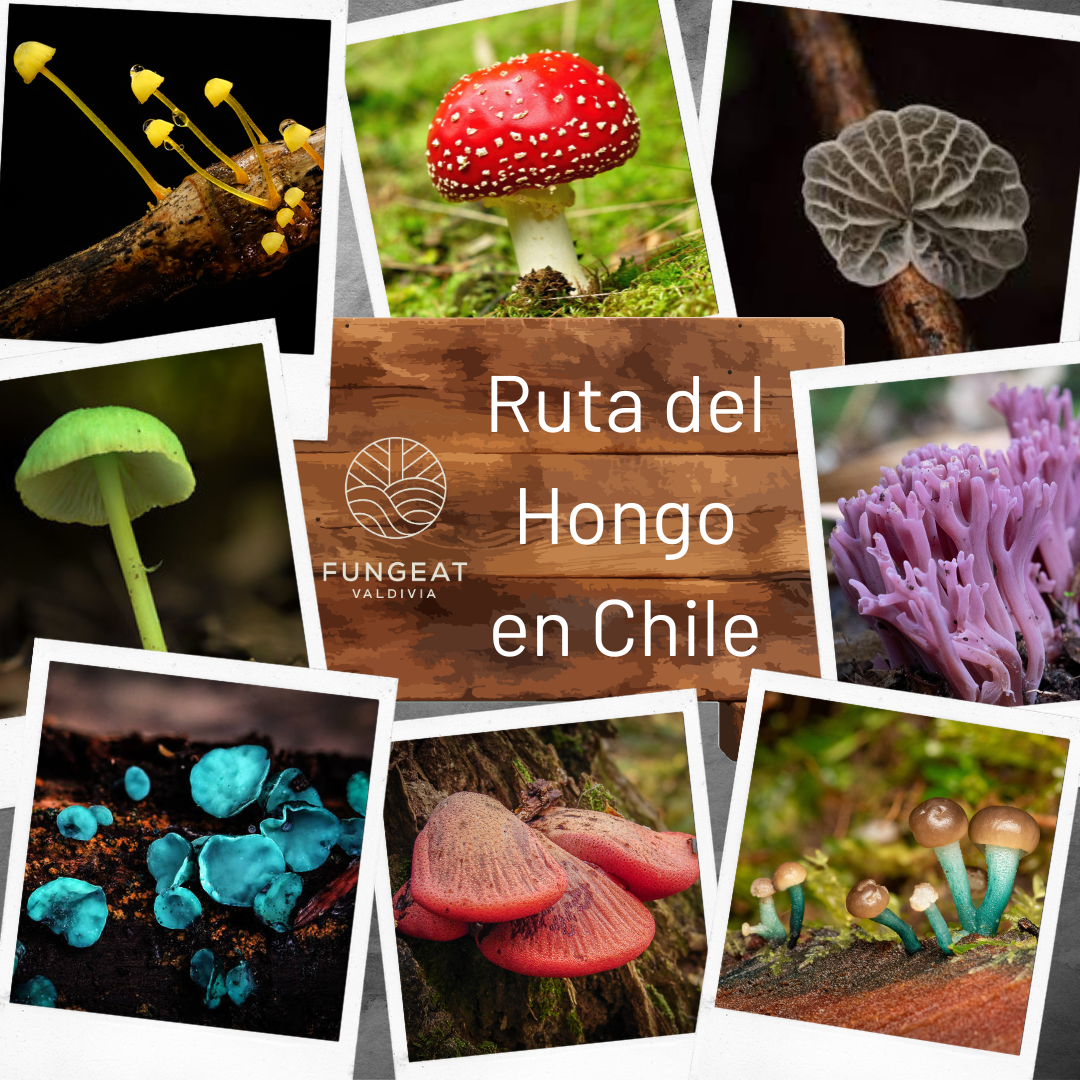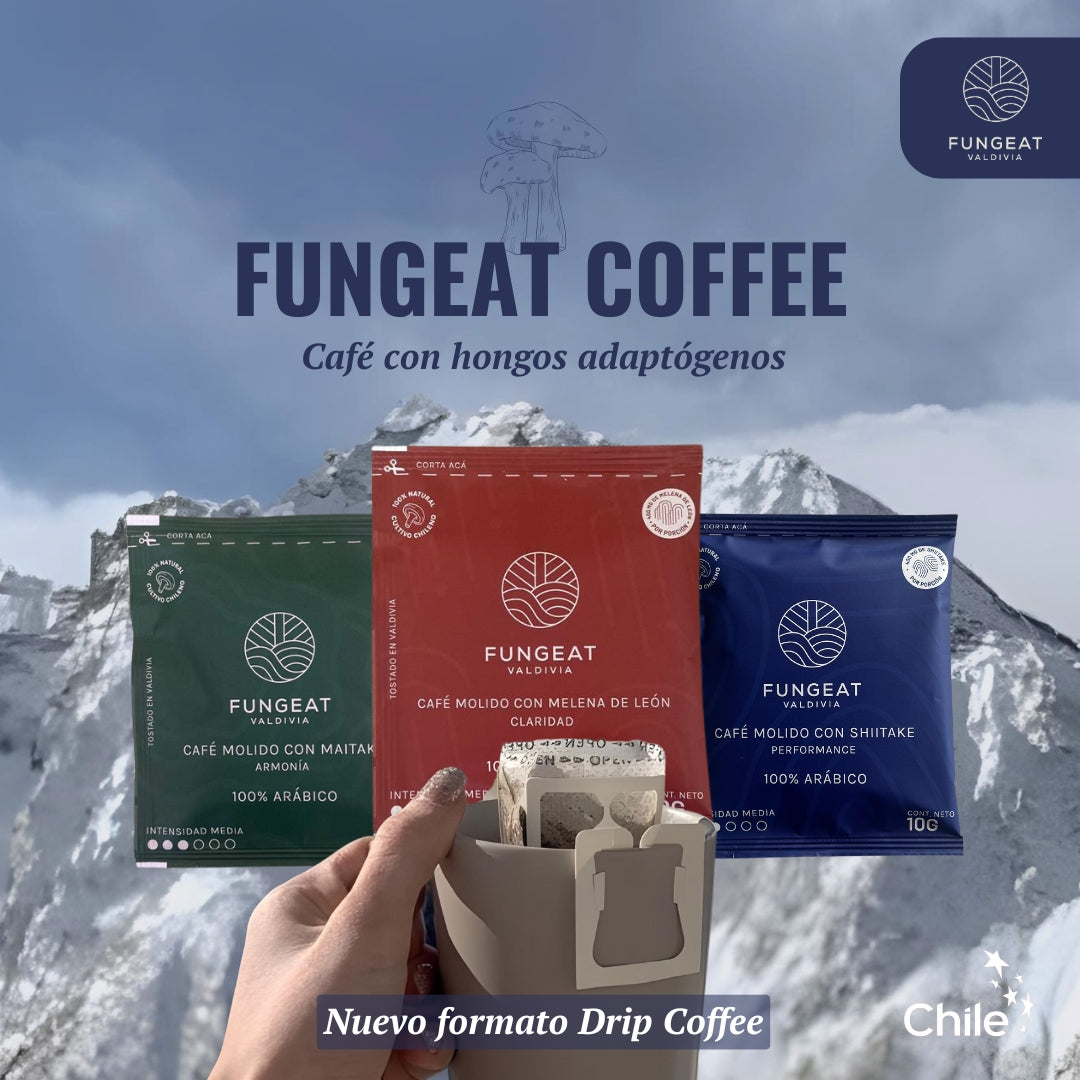
Mushroom Route in Chile
Share
Autumn has begun, and with it comes prime mushroom season. You can observe them all year round, and if you don't see them, it may be because they're in their mycelial form. However, this is when they're at their most beautiful. This happens because the change in temperature allows their macroscopic forms to be seen, that is, they take on the form of the mushrooms we usually know. This also means they're in their reproductive phase, dispersing their spores.
The variety of mushrooms you can find depends on the variety of plants found in the forest, so the more diverse the forest you visit, the more you will enjoy the presence of mushrooms.
If you want to satisfy your curiosity and become a mushroom master, we'll show you which National Parks you can visit to explore our country's mushroom diversity. You should know that mushrooms are found throughout Chile, but they are most prevalent between the Maule Region and Patagonia.
- Huilo Huilo Biological Reserve contains more than 100 species of mushrooms, including Chlorociboria Ceruginascens and Mycena Chusqueophila , which have very attractive shapes and colors.
- Nonguén National Park: located in the Bío Bío Region, it has an abundance of native Nothofagus type mushrooms, therefore, you can find mushrooms with particular smells such as Cortinarius lebre but also poisonous species for consumption, such as Amanita muscaria .
- Puyehue National Park : Located in the Lake District, this park is known for its temperate rainforests where you can find the species Aleurodiscus vitellinus or the Guepiniopsis alpina , known as the "Forest Jellyfish."
- Villarrica National Park : Also in the Lake District, this park is famous for the Villarrica Volcano and its surrounding forests, with araucarias and coigües, where you can find mushrooms such as Aleurodiscus vitellinus, known as the "Jelly Ear." You can also see the striking mushrooms Stereum ochraceoflavum, Cortinarius magellanicus, Laternea triscapa , Stephanopus azureus , and Plectania chilensis .
- Huerquehue National Park : Located in the Araucanía Region, this park is known for its araucaria forests and crystal-clear lakes. Here you can spot the Pleurotus ostreatus , or "oyster mushroom."
- Nahuelbuta National Park : Located in the Araucanía Region, this park is famous for its araucaria forests and you can find the mushrooms Cyttaria espinosae and Butyriboletus loyo in these protected areas.
- Chiloé National Park : On the island of Chiloé, this National Park is known for its rich biodiversity. Mushrooms here also have cultural value, and you can find striking species such as Clavaria Zollingeri and Chlorovibrissea Chilensis, as well as a mushroom known as "Cow's Tongue" ( Fistulina antarctica ) . This is definitely a must-see fungal destination.
- Conguillío National Park : In the Araucanía Region, this park is famous for its volcanic landscape and native forests, where you can find a wide variety of mushrooms, including Crucibulum vulgare, some from the Cyttaria harioti and Hookeri families, Prometes versicolor and Ramaria flaccida , among others.
- Patagonia National Park: Near Cochrane, we can find the famous Morchella , a highly sought-after culinary mushroom. You can also see Cyttaria harioti , also known as "Indian Bread" or "Mountain Bread," and Cyttaria darwinii , also known as "Digüeñes," as well as beautiful mushrooms from the Mycena family: Cyanocephala and Chusqueophila. These sightings can extend throughout the Aysén region, which boasts great biodiversity.
- Torres del Paine National Park: In the Magallanes Region, you can find mainly Boletus mushrooms around the park.
- Valdivia and its surroundings : in this city and its surrounding territories, given the biodiversity present, many species have been observed, several have already been mentioned, but it is never enough when it comes to mushrooms. Ganoderma australe , Trametes versicolor (“Turkey Tail”), Anthracophyllum discolor and Gymnopilus junonius (Laughing Mushroom) .
The variety of shapes, colors, and sizes is incredible. Venture out to see these mushrooms and more in Chile's different National Parks and other areas of the country. Remember to have a mushroom guide so you can recognize them and be cautious if you come across these wild mushrooms.
#ChileanMushrooms #ChileanMushroomRoute #ChileanWildMushrooms #ChileanNationalParksMushrooms

